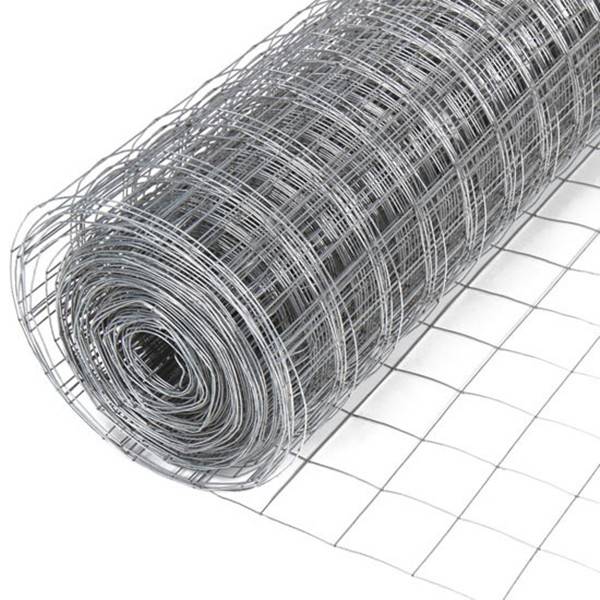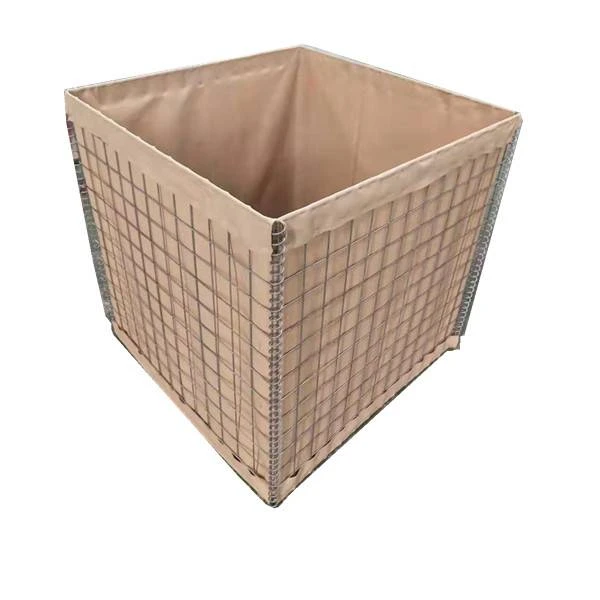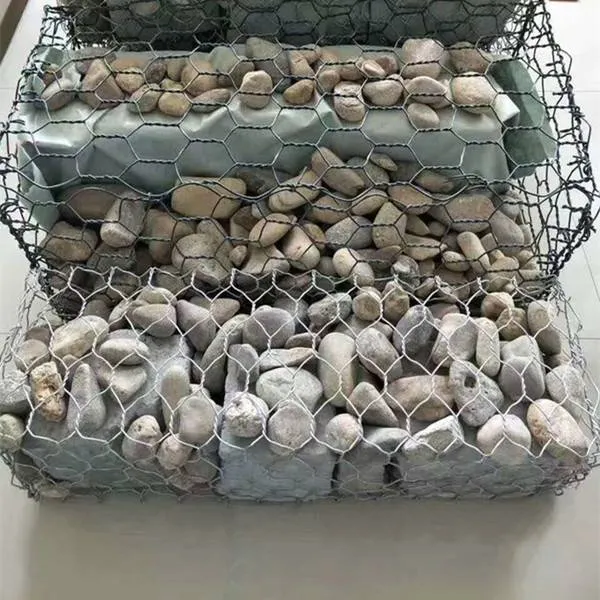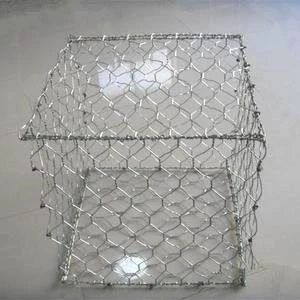...
2025-08-15 18:36
1572
...
2025-08-15 18:33
794
...
2025-08-15 18:01
2709
...
2025-08-15 17:31
787
...
2025-08-15 17:12
753
...
2025-08-15 16:57
2321
...
2025-08-15 16:28
1825
...
2025-08-15 16:24
516
...
2025-08-15 16:18
1318
...
2025-08-15 16:03
693






